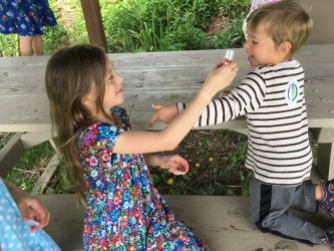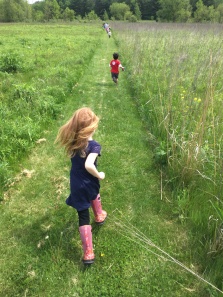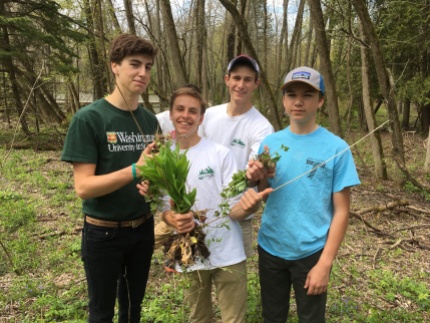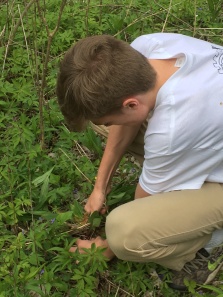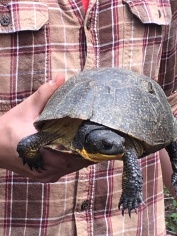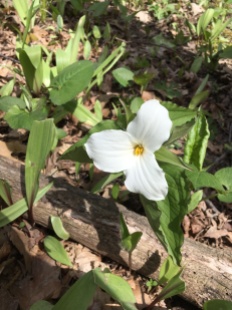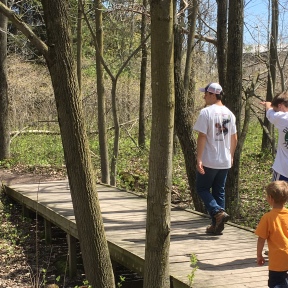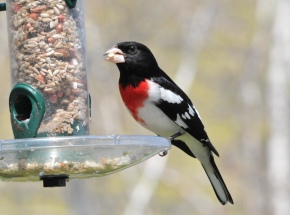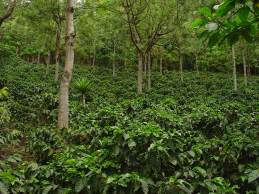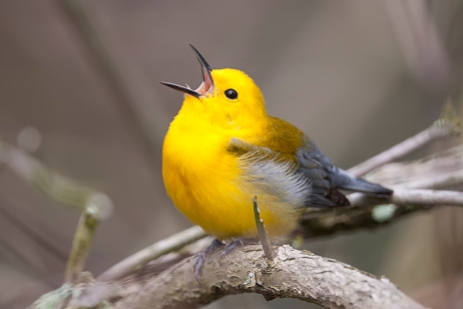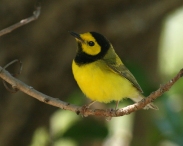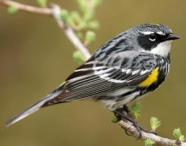Reflection by Patti Scanlon: Parishioner of St. John Vianney, WI
“It is the beauty that thrills me with wonder, it is the stillness that fills me with peace.” – Robert Service, poet
They’d complain about chores in the garden, like kids are inclined to do; pulling weeds, picking up sticks, cutting the grass. But when they got caught up in the feel of the dirt and smell of the day, it was hours before they returned indoors.
This is one of the many passages that caught my attention in Pope Francis’ encyclical on the environment, Laudato Si.
“The entire material universe speaks of God’s love, his boundless affection for us. Soul, water, mountains: everything is, as it were, a caress of God. The history of our friendship with God is always linked to particular places, which take on intensely personal meaning; we all remember places, and revisiting those memories does us much good. Anyone who grew up in the hills or used to sit by the spring to drink, or played outdoors in the neighborhood square; going back to these places ins a chance to recover something of their true selves.” –Pope Francis. Laudato Si’ paragraph 84
On a February day, we build snowmen and play for hours until only a snug blanket could warm us. On a March day, we tap a maple tree, observe sap boiling, and enjoy the syrup with pancakes and sausage. In June, we plant wildflower seeds in our yard, eagerly awaiting their growth and late summer bloom. In July, we pick fresh strawberries and eat them in the middle of the field. In August, we run through the sand, watch the fish in the lake, listen for the bullfrogs, just soaking in the day and embracing how the land loves us back. In November, the geese – our winter friends – return to the lake under the setting sky, aflame with hues of pink, purple, and grey.

The gifts, the lessons, the wonder and the awe our mother Earth provides for us. A commitment to the land, and a commitment to parenting. What it means to care, to love, and be stewards of God’s creation.
I showed them that I loved them by helping to foster their own sense of wonder and awe; an adventurous spirit, a desire to explore nature and new frontiers, to thank God for the gift of Creation and to care for nature and all of God’s creatures and children.
I saw this over and over in the very way they mindfully cared for woolly caterpillars crossing the sidewalk, the manner in which they lifted and cared for small turtles, frogs, and toads, carrying them to safety with the gentleness and tenderness of a parent. Nurturing God’s creation teaches children the value and dignity of the smallest bug, a precursor to caring for themselves, for the dignity of all humans, and coming to know a real sense of social justice, the humble beginnings of service.
For it is when they are small children that these values are best taught, and it begins by learning and growing as responsible stewards of God’s creation.
“For how many years did I wander slowly through the forest. What wonder and glory I would have missed had I been in a hurry!” – Mary Oliver






